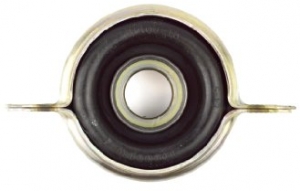-
Welcome to Tacoma World!
You are currently viewing as a guest! To get full-access, you need to register for a FREE account.
As a registered member, you’ll be able to:- Participate in all Tacoma discussion topics
- Communicate privately with other Tacoma owners from around the world
- Post your own photos in our Members Gallery
- Access all special features of the site
AC Recharge Question
Discussion in 'Technical Chat' started by mwah, May 8, 2024.


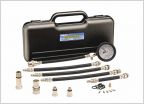 Compression specs for all 1st and 2nd gen tacomas
Compression specs for all 1st and 2nd gen tacomas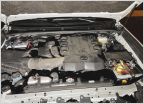 Another Dual battery question…
Another Dual battery question… Replace thread inserts in bed
Replace thread inserts in bed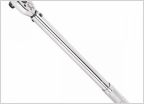 Time to replace old torque wrench
Time to replace old torque wrench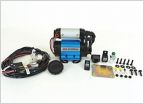 Wiring for Dummies!!! Help us solve some basic/common electrical issues
Wiring for Dummies!!! Help us solve some basic/common electrical issues





















